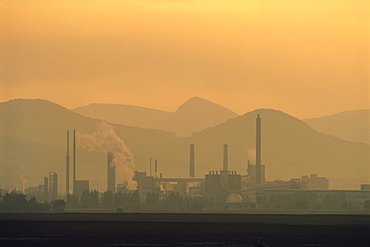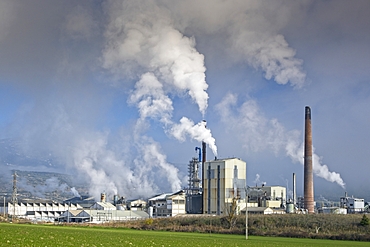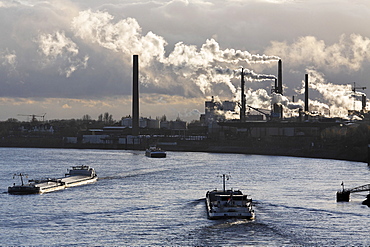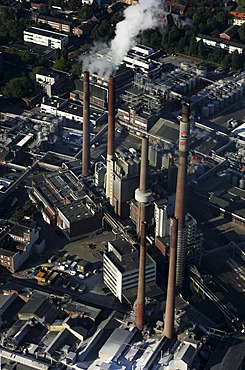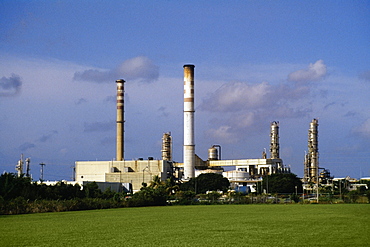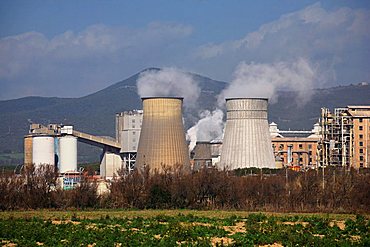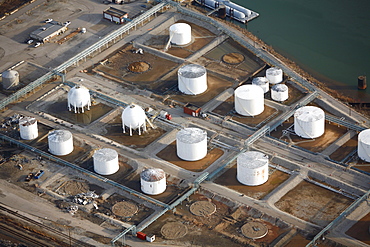Results
3 results found
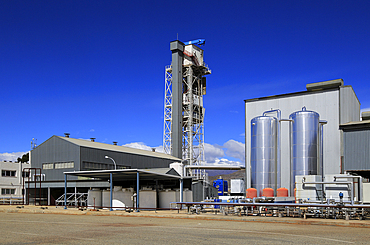
Desalinisation plant at the solar energy scientific research centre, Tabernas, Almeria, Andalusia, Spain, Europe
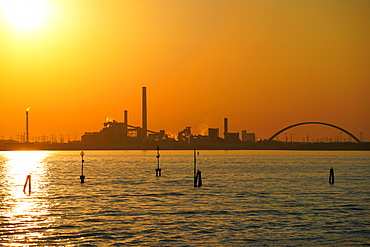
Industrial chemical area of Marghera seen from the ferry, Venice lagoon, Venice, Veneto, Italy, Europe
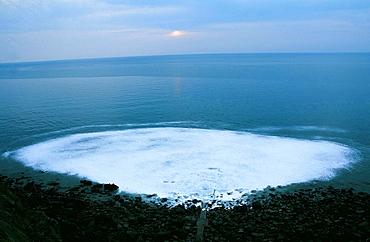
Pollution flowing into the Irish Sea at Whitehaven from the Marchon chemical factory, Cumbria, England, United Kingdom, Europe

Emissions from Huntsman Tioxide works at Seal Sands on Teeside, North East, England, United Kingdom, Europe
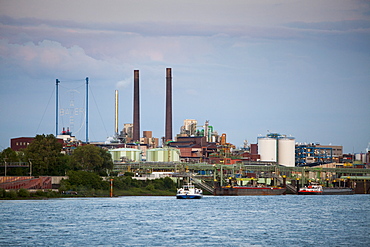
Rhine river and Bayer chemical and pharmaceutical company factory chimneys at dusk, Leverkusen, North Rhine-Westphalia, Germany, Europe
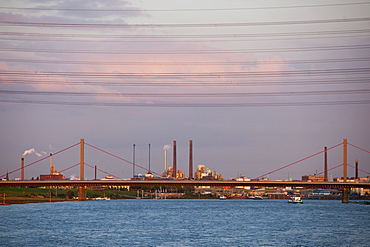
Rhine river and Bayer chemical and pharmaceutical company factory chimneys at dusk, Leverkusen, North Rhine-Westphalia, Germany, Europe

Chemical laboratory at the disused ironworks Henrichshuette, industrial museum, Hattingen, NRW, Germany
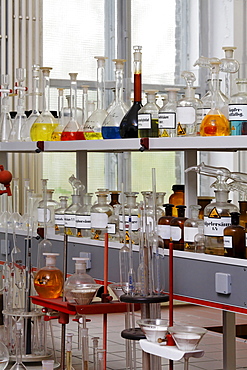
Chemical laboratory at the disused ironworks Henrichshuette, industrial museum, Hattingen, NRW, Germany

A3 Autobahn (motorway) near Oberhausen-Holten at sunset, OXEA Ruhrchemie chemical plant in background, Oberhausen, North Rhine-Westphalia, Germany, Europe

Active pharmaceutical ingredient factory of the pharmaceutical company Boehringer Ingelheim GmbH, Ingelheim, Rhineland-Palatinate, Germany, Europe
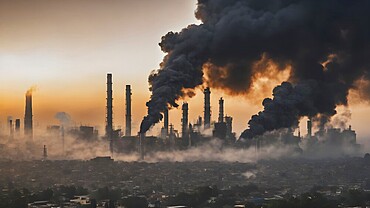
Environment pollution and ecology disaster and global warming. Smoke and air pollution. Pollution of the atmosphere. air pollution concept. AI generated image
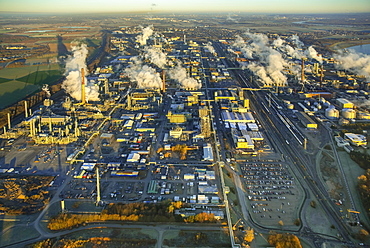
Chempark Dormagen with steaming chimneys in the morning light, production, research and services companies, chemical industry, Cologne, Rhineland, North Rhine-Westphalia, Germany, Europe
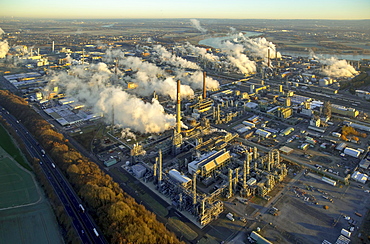
Chempark Dormagen with steaming chimneys in the morning light, production, research and services companies, chemical industry, Cologne, Rhineland, North Rhine-Westphalia, Germany, Europe

Bayer factory buildings and premises with the Rhine river in the foreground, night shot, Leverkusen, North Rhine-Westphalia, Germany, Europe
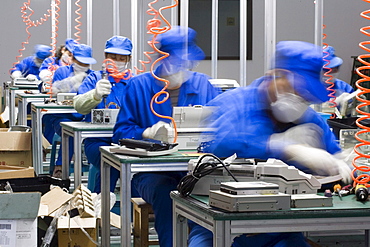
Seven workers are disassembling computers at TES-AMM Shanghai, which was founded on September 21, 2005, currently has 67 employees of which 26 are workers. With an annual production capacity of 10,000 tons, it has only treated 2,000 tons of e-waste from its founding more than a year ago. 'The biggest problem is that there isn't an e-waste recycling channel in China. The biggest chunks of raw materials we get are from government bodies, which are upgrading their equipments, and electronic appliances franchises that are washing out their outdated inventories. We don't have any imported e-waste because that's banned by the government. It takes a worker no more than ten minutes to disassemble a computer, and each worker can deal with between 60 to 70 computers a day,' says Janice Wu, who's the Environment & Quality Management Dept. Manager and Plant Manager Assistant.
